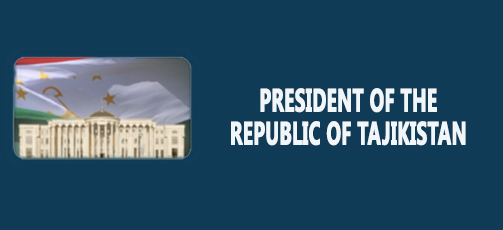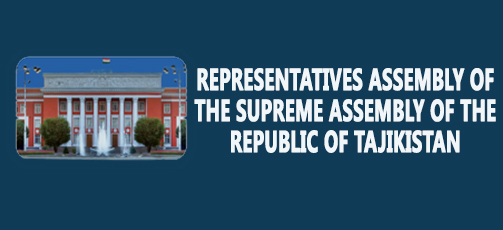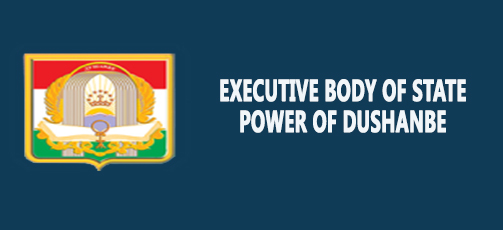UNDAF Evaluation Report in Tajikistan for 2016-2022 Presented in Dushanbe
Read also

DUSHANBE, 29.07.2021 (NIAT Khovar) – Yesterday, under the co-chairmanship of the Minister of Economic Development and Trade Zavki Zavkizoda and the UN Resident Coordinator in Tajikistan Sezin Sinanoglu, with the participation of heads of ministries and agencies, representatives of UN agencies — members of the UNDAF in Tajikistan, a session of the Joint Steering Committee was held to present the results, conclusions and recommendations of the final evaluation of UNDAF in Tajikistan for 2016-2022.
Zavkizoda said that President Emomali Rahmon in his Message to the Supreme Assembly noted with a comprehensive analysis the significant achievements of the socio-economic development of the country, identified priority areas for the development of the national economy sectors for 2021 and the next seven years.
As a result of the measures taken by the government in collaboration with UN agencies and other development partners to ensure sustainable and balanced economic growth in 2016-2020, the average annual GDP growth was at least 7%, and GDP increased 1.6 times.
The share of exports in foreign trade turnover increased from 20% to 31%, and the share of imports decreased from 80% to 69%. As a result, over the past five years alone, the country has produced import-substituting products worth more than 44 billion somoni, which has significantly reduced the dependence of the consumer market on imported products.
Two units of the Rogun HPP were put into operation, with the total volume of electricity production in the country reaching 21 billion KW/h. As a result, the country took 2nd place in the international assessment on access to electricity.
During this period, more than 1,500 km of highways, 190 bridges, 50 km of railways and transit capabilities of the country were extended, and Tajikistan ranked 50th in the World Economic Forum’s assessment on the quality of road infrastructure and 37th in the efficiency of railway maintenance among 141 countries.
The income of the population increased 1.9 fold and the number of entrepreneurs rose by 1.6. The poverty rate decreased from 31.3% to 26.3%, according to the World Bank’s assessment of the rate of poverty reduction. The longevity of the population increased by 1.4 years and reached 75.2 years. The mortality rate of mothers and childen during this period decreased by 13.1% and 26.9%, respectively. As a result, by 2020, there was an increase of 9.7% in the volume of industrial production, a rise of 8.8% in agriculture, and an spike in exports by 19.8%, which laid the foundation for the 4.5% upturn in the country’s economic development.
Sinanoglu congratulated the government for achieving significant developments during the implementation of UNDAF’s program, expressing gratitude for effective cooperation and achieving joint results to support the population of Tajikistan. Also, she expressed UN’s readiness to continue cooperation in the process of developing and implementing the new UNDAF program, which will begin in 2023.
The head of the evaluation group Tomislav Novovich and head of UNDAF coordination, monitoring and evaluation group Tatyana Nikitina presented the results, conclusions and recommendations of the Final Evaluation of UNDAF for 2016-2022 and the departmental response with evaluation recommendations.
An exchange of views and proposals took place in connection with these issues.
The Joint Steering Committee members confirmed the final reports of UNDAF and the departmental response, and expressed their readiness to increase further assistance and support in the direction of ensuring sustainable socio-economic and environmental development.
Following the meeting, they made appropriate decisions on the issues on the agenda and expressed readiness to strengthen fruitful cooperation with UN agencies.





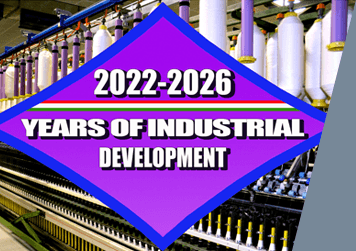




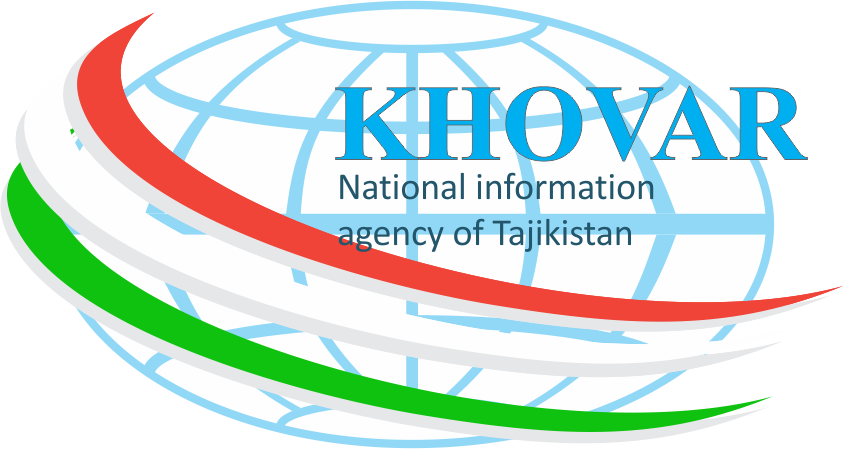
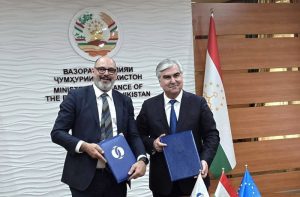 Tajikistan, EBRD sign loan and grant agreements for energy loss reduction project
Tajikistan, EBRD sign loan and grant agreements for energy loss reduction project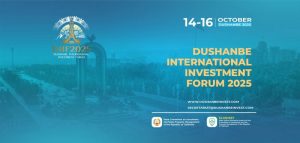 Tajikistan to Welcome Global Investors at “Dushanbe Invest-2025” Forum
Tajikistan to Welcome Global Investors at “Dushanbe Invest-2025” Forum Tajikistan’s Transport Minister Highlights Importance of Joint Projects in Seoul
Tajikistan’s Transport Minister Highlights Importance of Joint Projects in Seoul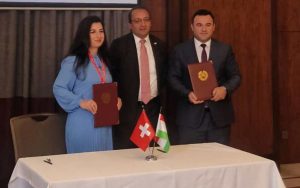 Tajik–Swiss Business Forum Held in Dushanbe
Tajik–Swiss Business Forum Held in Dushanbe Direct Air Connectivity Established Between Xi’an and Dushanbe
Direct Air Connectivity Established Between Xi’an and Dushanbe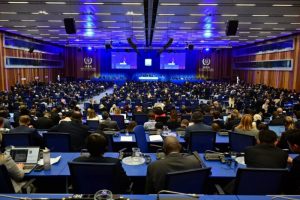 Tajik Delegation Participates in 69th IAEA General Conference
Tajik Delegation Participates in 69th IAEA General Conference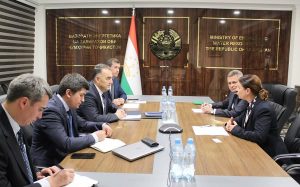 Swiss Cooperation Office Ready to Develop New Initiatives in Tajikistan
Swiss Cooperation Office Ready to Develop New Initiatives in Tajikistan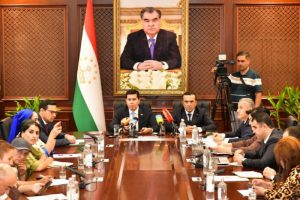 Tajikistan attracts USD213 million from international financial organizations
Tajikistan attracts USD213 million from international financial organizations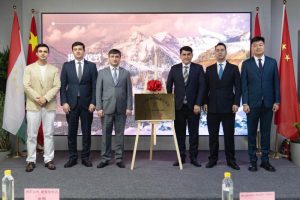 Tajikistan Chamber of Commerce and Industry Opens Representative Office in Beijing
Tajikistan Chamber of Commerce and Industry Opens Representative Office in Beijing International Artificial Intelligence Conference to Be Held in Dushanbe in October
International Artificial Intelligence Conference to Be Held in Dushanbe in October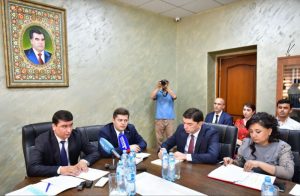 Tajikistan’s Foreign Trade Turnover Exceeds $4.7 Billion in First Half of 2025
Tajikistan’s Foreign Trade Turnover Exceeds $4.7 Billion in First Half of 2025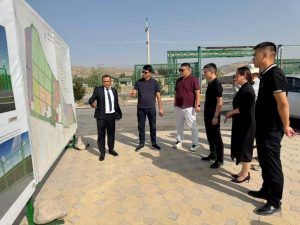 Chinese Investors Familiarize Themselves with Activities of Kulob Free Economic Zone
Chinese Investors Familiarize Themselves with Activities of Kulob Free Economic Zone









